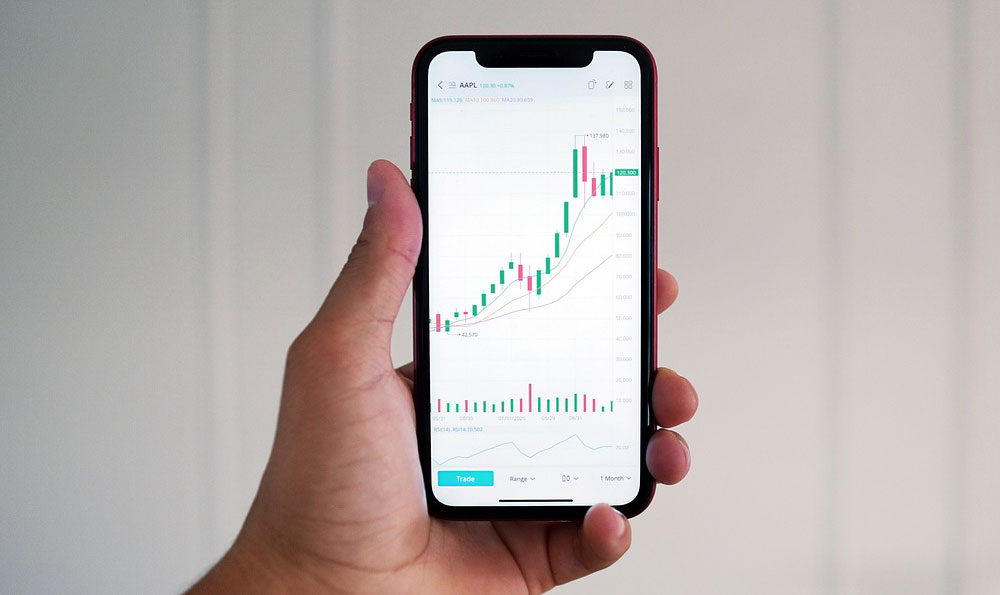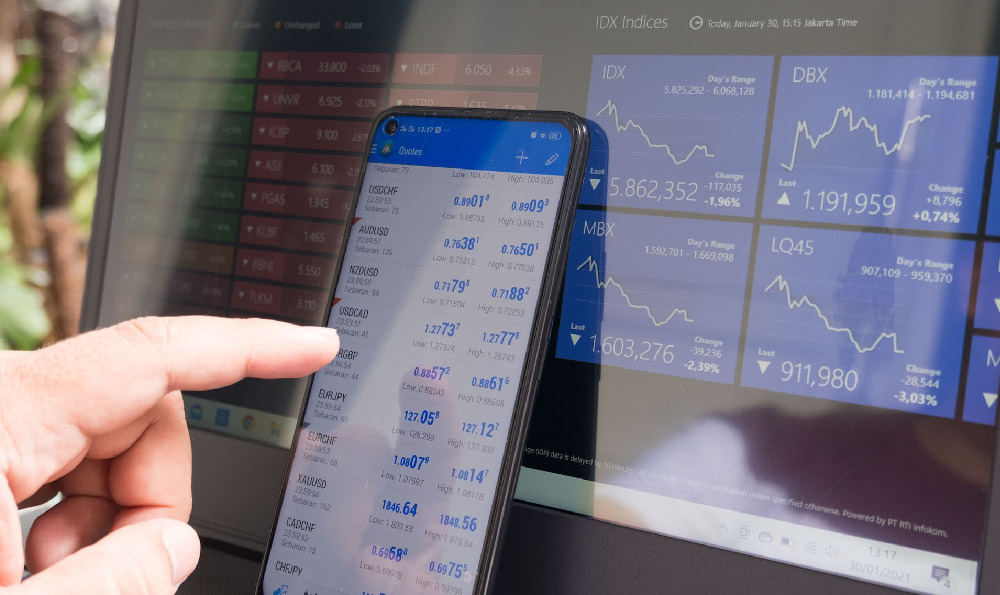Passive income is often touted as the holy grail of financial freedom. The idea of earning money while you sleep, travel, or pursue other interests is incredibly appealing. But what exactly is passive income, and what are some of the best methods for generating it? This comprehensive guide will delve into the concept of passive income, explore various strategies, and provide insights into choosing the right approach for your unique circumstances.
Understanding the Concept of Passive Income
Contrary to its name, passive income isn't entirely effortless. It typically requires an initial investment of time, money, or both. However, once established, the income stream continues to generate revenue with minimal ongoing effort. Think of it as planting a tree: you invest time and resources in the beginning, but eventually, it provides shade and fruit for years to come with little additional input.

Common Misconceptions About Passive Income
Many people believe passive income is a get-rich-quick scheme. While the potential for substantial earnings exists, it usually takes time, dedication, and strategic planning to build a reliable passive income stream. Another misconception is that passive income requires no ongoing maintenance. While the effort is less than active income, most passive income sources require occasional upkeep, marketing, or reinvestment to remain profitable.
Diverse Strategies for Generating Passive Income
The landscape of passive income opportunities is vast and constantly evolving. Here are some of the most popular and effective methods:
-
Rental Properties: A Classic Passive Income Source
Investing in rental properties remains a popular passive income strategy. The concept is simple: you purchase a property, rent it out to tenants, and collect monthly rental income. The difference between your rental income and expenses (mortgage, property taxes, insurance, maintenance) represents your passive income. Successful rental property investing requires careful property selection, thorough tenant screening, and effective property management. Outsourcing property management can reduce your active involvement but will also impact your profit margin.
-
Dividend-Paying Stocks: Investing for the Long Term
Investing in dividend-paying stocks is another common approach to generating passive income. Companies that consistently generate profits often distribute a portion of those profits to shareholders in the form of dividends. These dividends provide a regular income stream without requiring you to actively trade stocks. Building a diversified portfolio of dividend-paying stocks across different sectors can mitigate risk and enhance your overall returns. Researching companies and understanding their dividend history is crucial for success.
-
Affiliate Marketing: Leveraging Online Influence
Affiliate marketing involves promoting other companies' products or services and earning a commission on each sale made through your unique referral link. This strategy is particularly effective for bloggers, social media influencers, and website owners with a niche audience. The key to success in affiliate marketing is to choose products or services that are relevant to your audience and provide valuable content that encourages them to make a purchase. Building trust with your audience is paramount.
-
Creating and Selling Online Courses: Sharing Your Expertise
If you possess specialized knowledge or skills, creating and selling online courses can be a lucrative passive income stream. Platforms like Udemy, Coursera, and Teachable make it easy to create and host your courses. The initial investment involves creating the course content, recording videos, and marketing your course to potential students. Once your course is live, it can generate passive income for years to come. Regularly updating your course content can help keep it fresh and relevant.
-
Writing and Selling E-books: Monetizing Your Writing Skills
Writing and selling e-books is another way to generate passive income online. Platforms like Amazon Kindle Direct Publishing (KDP) allow you to self-publish your books and reach a global audience. The initial effort involves writing, editing, and formatting your book. Once published, your e-book can generate royalties each time it's sold. Effective marketing and book promotion are essential for maximizing sales.
-
Creating and Selling Digital Products: A Scalable Solution
Beyond e-books, creating and selling other digital products, such as templates, graphics, music, or software, can be a highly scalable passive income strategy. These products require an initial investment of time and effort to create, but once created, they can be sold repeatedly without incurring additional costs. Platforms like Etsy, Creative Market, and Gumroad provide marketplaces for selling your digital products.
-
Peer-to-Peer Lending: Investing in Individuals
Peer-to-peer (P2P) lending involves lending money to individuals or businesses through online platforms. You earn interest on the loans you provide, creating a passive income stream. However, P2P lending carries the risk of borrowers defaulting on their loans. Diversifying your investments across multiple borrowers can help mitigate this risk. Thoroughly research the lending platform and the borrowers before investing.
Choosing the Best Passive Income Method for You
The "best" passive income method depends on your individual circumstances, including your interests, skills, resources, and risk tolerance. Consider the following factors when making your decision:
- Initial Investment: How much capital are you willing to invest upfront? Some methods, like rental properties, require significant initial investment, while others, like affiliate marketing, can be started with minimal capital.
- Time Commitment: How much time are you willing to dedicate to setting up and maintaining your passive income stream? Some methods, like creating online courses, require a substantial initial time investment, while others, like dividend investing, require less ongoing effort.
- Risk Tolerance: How much risk are you willing to take? Some methods, like rental properties and P2P lending, carry higher risks than others, like dividend investing.
- Skills and Interests: What are you good at and what do you enjoy doing? Choose a method that aligns with your skills and interests to increase your chances of success.
- Scalability: How easily can you scale your passive income stream? Some methods, like creating digital products, are highly scalable, while others, like rental properties, may be limited by the number of properties you can manage.
The Importance of Diversification and Continuous Learning
As with any investment strategy, diversification is crucial for mitigating risk. Don't put all your eggs in one basket. Explore multiple passive income streams to create a more stable and resilient income portfolio. Furthermore, the landscape of passive income is constantly evolving. Stay informed about new trends, technologies, and strategies to maximize your earning potential. Continuous learning and adaptation are essential for long-term success in the world of passive income.
Conclusion: Building a Foundation for Financial Freedom
Building passive income streams requires dedication, effort, and a strategic approach. By understanding the different methods available and carefully considering your individual circumstances, you can create a reliable and sustainable passive income portfolio that helps you achieve your financial goals and build a foundation for long-term financial freedom. Remember to start small, learn as you go, and never stop exploring new opportunities.












